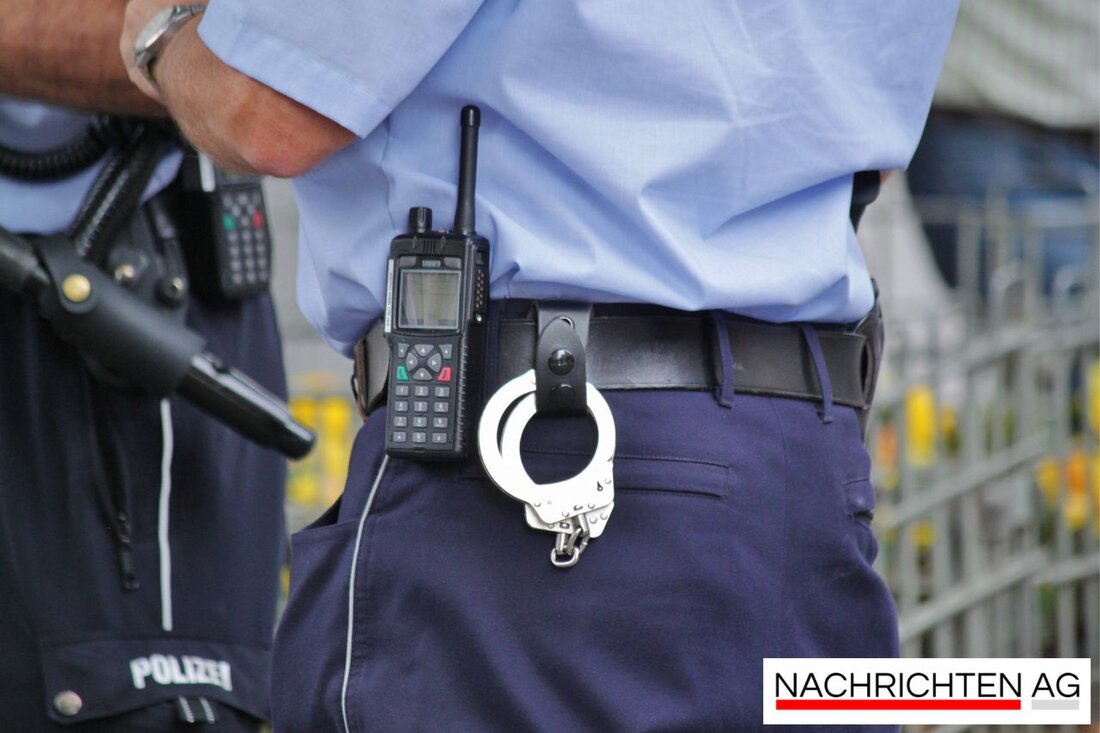Border controls in Freilassing: confusion instead of clarity!

Border controls in Freilassing: confusion instead of clarity!
Three weeks after the introduction of the "sharp" border controls on the German-Austrian border, there is great confusion. According to [Bgland24] (https://www.bgland24.de/bgland/rupertiwinkel/freislassing-ort46550/Grenzkontrollen-in-freiassing-Salzburger-kein-kein-kein-93760377.html) there is still no noticeable difference to the Situation before May 8, the day when the new bench. Interior Minister Alexander Dobrindt came into force. The Salzburg police report on a continuous process of the controls, whereby there are currently around ten officials at the control point on the Saalbrücke, the vehicles and their occupants.
It is unclear how many people seeking protection who wanted to apply for asylum in Germany were actually rejected by the German authorities. A spokesman for the federal police have not provided any figures in this regard, which may indicate low rejection figures. There is also confusion about the coordination with neighboring countries and the legal situation, since European law before German law applies. Apart from groups, such as children, protection seekers can be rejected from safe third countries.rising border controls and their consequences
In addition to the controls in Freilassing, the federal police have already introduced systematic dismissals at other interfaces. According to the Tagesschau, the controls were particularly tightened at the border crossing Frankfurt/Oder. For this purpose, 50 new checkpoints with tent and container structures were built. Despite the increased personnel deployment, there are doubts as to whether the 4,000 kilometer long border can be monitored without gaps. In addition, unions contest the legal foundations for control and demand clarification.
Another picture offers the general situation of refugee migration in Europe. As reported Media service Integration, the figures of the asylum applications in Germany decreased in comparison to the previous year. With around 250,900 applications, including 229,800 initials, this has a decline of around a third. The number of unauthorized border crossings to Germany has also dropped. However, experts point out that there is no direct connection between border controls and a decline in refugee numbers.
The general migration situation in Europe
The topic of migration remains complex. While the number of asylum applications in the EU decreases as a whole, agreements with North African countries and increased controls in other regions may lead to moving routes. In 2024 there was a decline in arrivals on the Greek islands, while the route over Belarus recorded an increase in attempts from border crossings. Suggesters are increasingly trying to find legal paths to Europe, which further increases the challenges for the responsible authorities.
In summary, it can be said that the new border controls on the German-Austrian border raise more questions than provide answers. It remains to be seen how the situation will continue to develop in the coming weeks and whether the hoped -for effects will occur with regard to refugee flows.| Details | |
|---|---|
| Ort | Salzburg, Österreich |
| Quellen | |
